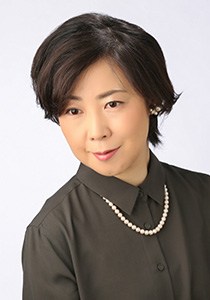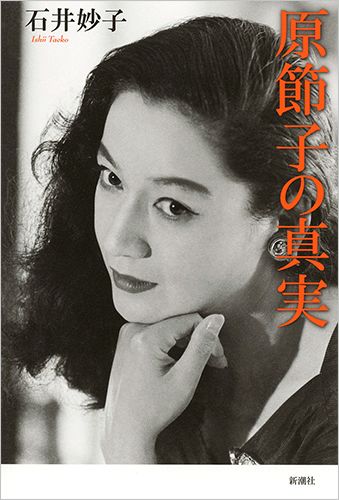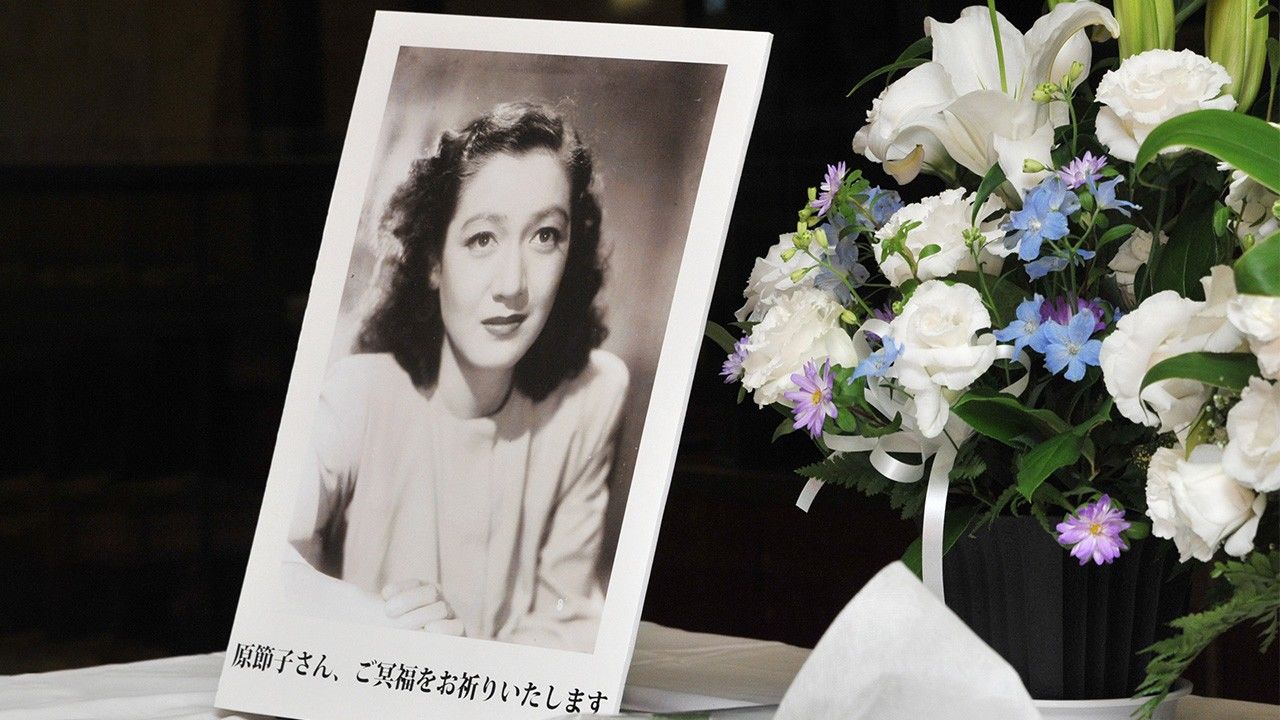
“The Truth About Hara Setsuko”: Behind the Legend of the Golden Age Film Star
Culture Arts Cinema Books- English
- 日本語
- 简体字
- 繁體字
- Français
- Español
- العربية
- Русский
Puncturing the Legend
Some years before Hara Setsuko’s death in 2015, writer Ishii Taeko’s editor asked her to solve the mystery of the Golden Age movie star’s retirement. In 1962, Hara withdrew from the spotlight after her final screen appearance at the age of 42, and refused interviews for over half a century.
Ishii thought that in her nineties Hara might be willing to look back on her life, and visited her Kamakura home on several occasions. Each time, she was received politely by Hara’s nephew and his wife, who lived in the same house, but was never able to meet the actress herself. On Hara’s ninety-fifth birthday on June 17, 2015, Ishii brought flowers and a letter, and was told as usual that she was in good health. Three months later, though, Hara passed away. Ishii’s book Hara Setsuko no shinjitsu (The Truth About Hara Setsuko) was published the following year. In the three and a half years it took to complete, Ishii carefully combed through materials dating back to before World War II, accumulating valuable testimony relating to the celebrated actress in the film business.
“At first I could only picture Hara as pure, proper, and beautiful, as she appeared in the parts she played in the films of Ozu Yasujirō and her role as an English teacher in Aoi sanmyaku [The Green Mountains], so I doubted whether I could write a compelling biography. During my research, though, I found that she was sometimes dissatisfied with the parts she was given and felt conflicted. This drew me in to the search for the real Hara Setsuko,” Ishii says. “In the books and articles about her to date, one story is repeated like a legend: that her great affection for Ozu and shock at his death led her to retire. Fans of both Hara and Ozu seem to want to believe in a deep mutual attachment between them. In my writing, I worked to puncture this legend. She became famous around the world for appearing in Ozu’s films, but in fact she was unhappy that she was known for these works. When questioned in interviews about what her representative films were, she would persistently avoid mentioning Ozu. The women she played in those films did not match her ideal.”
Teen Stardom
Hara Setsuko was born Aida Masae on June 17, 1920, in Yokohama. She was the youngest of seven children. Her father was a silk wholesaler and the family was financially comfortable until the 1929 Wall Street Crash and subsequent Great Depression brought a slump to the silk export market. Hara left school at 14 and entered the film business to contribute to the family income. In this she was also strongly encouraged by her brother-in-law Kumagai Hisatora, then a rising film director. Japan was transitioning from the silent era to talkies, and actresses were newly in demand; in the silent era female roles had been played by men.
The director and screenwriter Yamanaka Sadao was the first to discover Hara, drawn by her wholesome, schoolgirl aura, and cast her in the 1936 period drama Kōchiyama Sōshun (Priest of Darkness). When the cameras started rolling, the seemingly shy and taciturn girl lit up. By chance, the German director Arnold Fanck dropped by during a visit to Kyoto. The Nazi regime had been working behind the scenes to enter a pact with Japan, and wanted to make a propaganda film that would improve German views of Japanese people. It would be a coproduction, directed by Fanck and Itami Mansaku (father of Itami Jūzō). The Japanese side pushed Tanaka Kinuyo for the female lead role, but Fanck did not agree, picking out Hara instead. Her large eyes and exotic looks were out of step with the standards in Japan then—epitomized by Tanaka—of petite actresses with a down-to-earth charm. Fanck insisted that only Hara had a beauty that would also be recognized in Europe. Atarashiki tsuchi (The New Earth), as the film was known in Japan, laid considerable emphasis on the traditional scenic beauties of Mount Fuji and Miyajima, while at the same time displaying how the country had modernized. Hara was portrayed as a woman who also combined these merits.
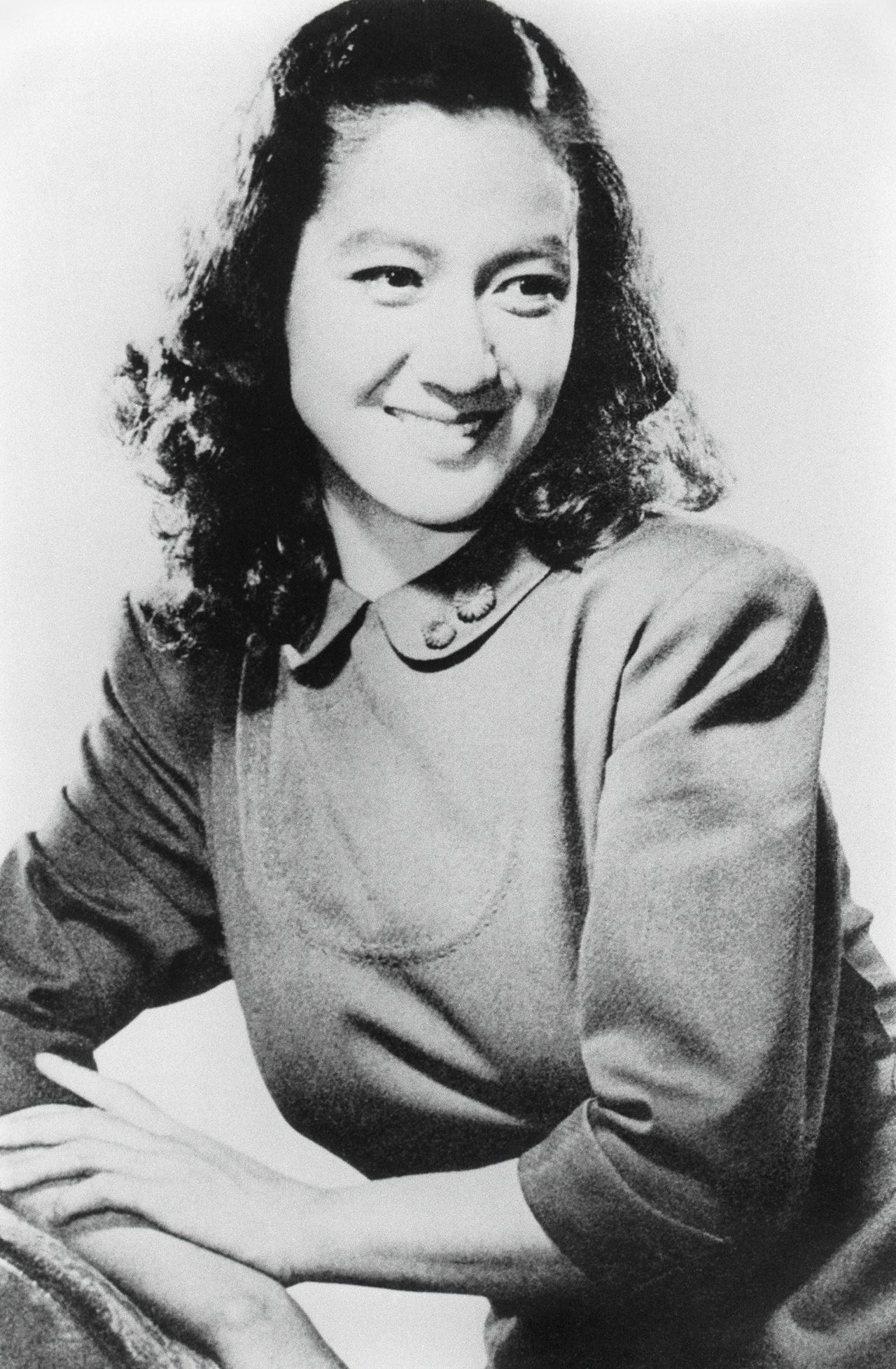
Hara Setsuko in an undated photo. (© Jiji)
When the film was released in Japan in 1937, Hara was suddenly in the spotlight. The same year, she traveled with Kumagai and others via Manchuria to Europe, visiting Berlin and other parts of Germany, and then Paris, before going to New York and Hollywood on a four-month promotion tour.
“This experience of seeing the world at the impressionable age of sixteen to seventeen must have greatly influenced the formation of her character,” Ishii says. In Germany, she was welcomed by Minister of Propaganda Joseph Goebbels as a kind of state guest and encountered many people from the film world. In Paris, she met the great director Jean Renoir, while in Hollywood she dined with the director Josef von Sternberg and his muse Marlene Dietrich. Despite these people’s political divides, Hara was most influenced by points in common that formed a contrast with Japan. Ishii comments, “In Europe, filmmakers were seen as artists, and women were valued. And all the people she met who worked in films were intellectual and cultivated, which made a deep impression on her, as they were very different from their counterparts in Japan. Women were treated as inherently inferior to men in Japanese society, and films were looked down on as beneath modern theater and kabuki. She really felt that Japanese film sets were full of ill-mannered types, but wondered if they could become like UFA’s Babelsberg Studio in Berlin or Hollywood. She increasingly felt that if she worked hard, she could contribute to making the Japanese film industry better, but she came under fierce criticism when she naïvely expressed these thoughts to the media on her return home.”
Although appearing in the joint production made Hara one of Japan’s biggest female stars, she was slammed for her impertinence and accused of poor acting, losing some of her popularity for a period.
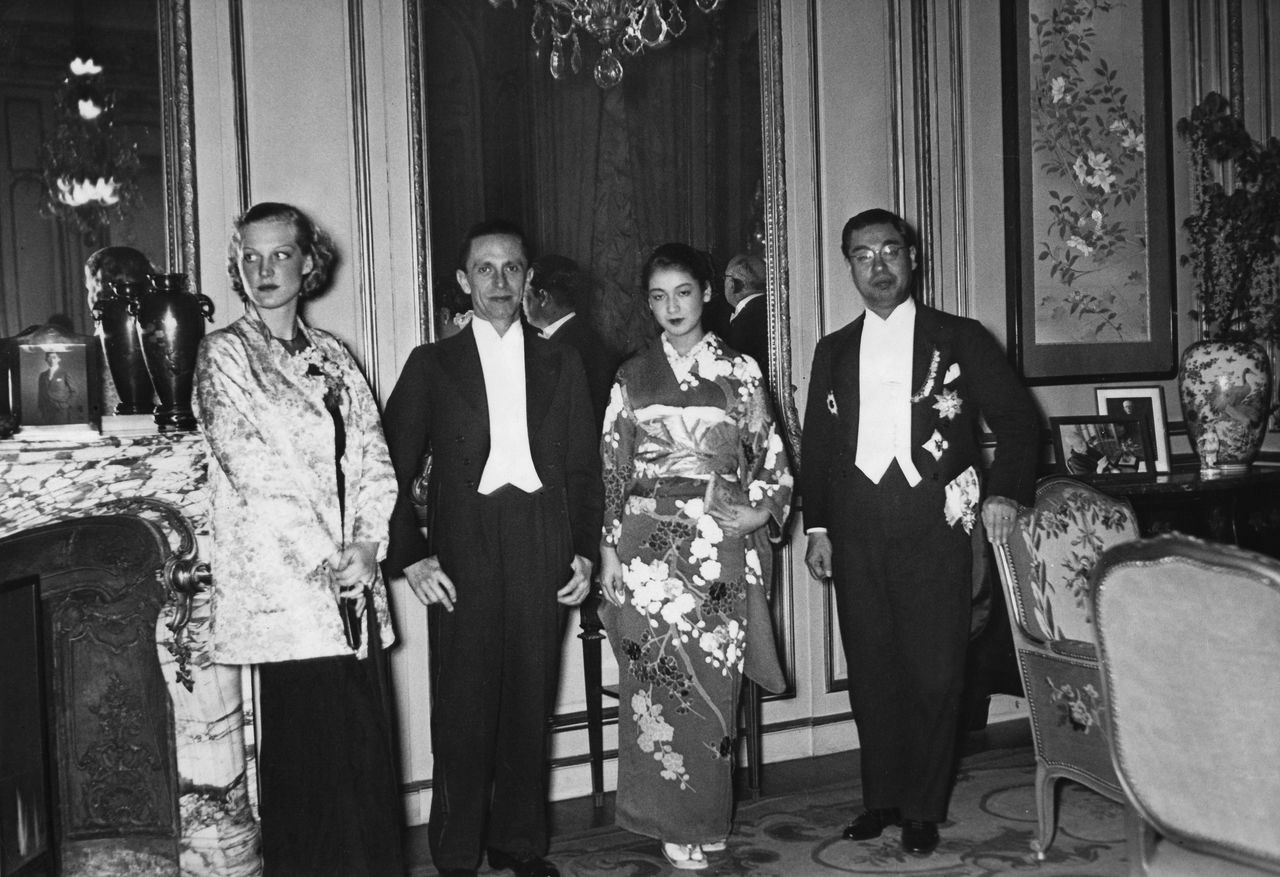
Hara (second from right) at the Japanese Embassy in Berlin in January 1937 with German actress Ruth Eweler, her costar in The New Earth; Minister of Propaganda Joseph Goebbels; and Japanese Ambassador to Germany Mushanokōji Kintomo. (© Ullstein bild/Aflo)
The Ozu-Kurosawa Rivalry
Hara, who was 25 when World War II ended, really began to shine in the postwar era. Leading directors vied to bring out her talents to the fullest extent. Among these, Kurosawa Akira and Ozu Yasujirō took opposing approaches.
“After the war, the US occupying forces encouraged the production of films that would further democracy. Kurosawa, who was starting to build a reputation then, decided he wanted her to appear in a story-driven, Hollywood-style film, choosing her for his 1946 work Waga seishun ni kui nashi [No Regrets for Our Youth]. Her portrayal of a rebellious heroine who battled against her fate was unprecedented in Japanese cinema and became a sensation, while the US occupying administration was also delighted. However, when she went on to star in Kurosawa’s 1951 film Hakuchi [The Idiot], which transferred Dostoyevsky’s novel to a Hokkaidō setting, it was a complete flop, both critically and at the box office.
“Ozu, meanwhile, famously said that the hardest thing for an actress was to play a woman in an ordinary household, and that it was Hara Setsuko who could do this. Her role as Noriko, a woman past marriageable age who looks after her father, in Banshun [Late Spring] was highly acclaimed.” This was the first of three films in which Ozu and Hara worked together—Late Spring (1949), Bakushū (Early Summer; 1951), and Tōkyō monogatari (Tokyo Story; 1953)—that came to be known as the “Noriko trilogy” after the name shared by three different characters played by Hara, and that went on to win a global reputation. “If you read Ozu’s diary, he makes scathing comments about Kurosawa and severely criticizes The Idiot from when it was still just a script. He must have felt a sense of competition. Ozu was older, but having seen the harsh realities of war overseas, he came back to find that Kurosawa, who avoided conscription, was making headlines, while he himself was said to be ‘finished.'”
Ozu bounced back through his films starring Hara, while Kurosawa, after the disastrous The Idiot, never cast her again. Kurosawa had actually wanted her to appear in his earlier Rashōmon (1950), but her brother-in-law Kumagai opposed this, saying the part was not suited to her. With Kyō Machiko in the leading female role alongside Mifune Toshirō, Rashōmon enjoyed unprecedented global success by winning the Golden Lion at the Venice Film Festival.
“Hara herself must have found Kurosawa’s style more appealing than Ozu’s. She couldn’t really relate to Noriko in Late Spring, saying, ‘I certainly don’t like the character of the daughter in this film.’ She preferred Western films to Japanese titles and related to their heroines’ assertiveness. She particularly admired Ingrid Bergman, and learned from her acting style. I think that she was always pursuing Western values in the film world from when she went overseas in her teens. If Kurosawa had made another successful film with her, it might have changed her life.”
Hara and Kumagai
Ishii says Kumagai’s influence was balanced in its positive and negative elements. “Before the war, he was considered a genius with a unique, powerful style. While he encouraged her to read, he also said that actresses should keep their feet on the ground, and had her learn to perform housework. He ensured that she led a steady lifestyle and protected her from scandal, while at the same time interfering in her interactions with men and the films she appeared in.”
After the war, Kumagai was effectively drummed out of the film industry for collaborating with the war effort. “Almost all Japanese directors had made propaganda films during the war, so Hara couldn’t forgive the industry for the way that only her brother-in-law was punished. She had such a strong desire to rehabilitate Kumagai that she even turned down offers from other directors.”
Hara often said that she wished to play a strong-willed woman. From her thirties, she said several times in interviews that she wanted to play Hosokawa Gracia, a Christian convert and the daughter of Akechi Mitsuhide—a deputy of the warlord Oda Nobunaga who eventually betrayed him—in a film directed by Kumagai. Ishii says that Hara saw a strong assertiveness in Gracia’s fierce temperament and attachment to her faith until she ultimately committed suicide. The plan, however, never came to fruition.
A Quiet Exit
While she had secret infatuations in her youth, Hara never opened up about her feelings. As she remained single, the media persistently questioned her about whether she wanted to get married. There were rumors of platonic love for Ozu or that she was having an affair with Kumagai, and there were even such groundless stories as that she was the lover of General Douglas MacArthur, the Supreme Commander for the Allied Powers in Japan. At the same time, when she was having health problems around the age of 30, she became increasingly disillusioned with the film industry, which only wanted youth and beauty from its actresses, and focused solely on attracting young filmgoers. Ishii says that Hara’s quiet exit from the screen in her forties was a natural progression.
None of her neighbors saw her in her later years. “When she was young, Hara had talked about how she wanted to do as much foreign travel as possible after she retired, but it seems that she didn’t go anywhere, either abroad or in Japan. When she was elderly, she didn’t even go out to eat. She apparently spent all her time reading books and newspapers. She was really strong-willed. She tried to bury ‘Hara Setsuko’ and go back to being Aida Masae, but you could say that she carried her screen persona through to the end. By avoiding the public gaze to an extreme, she ended up preserving Hara Setsuko’s beautiful image.”
(Originally published in Japanese on June 5, 2020, based on an interview by Itakura Kimie of Nippon.com. Banner photo: Flowers laid in remembrance of Hara Setsuko at the Tōgeki movie theater in Tokyo on November 26, 2015. © Jiji.)
